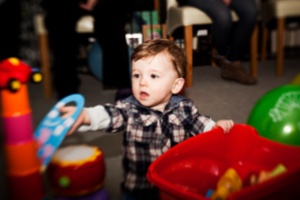This could the subject of 10 posts all on its own, so I’m only going to cover a few items here.
What lens you need depends on what you like to shoot.
If you do street or architectural or landscape photography then a wide angle lens (less than 50mm) is probably what you want. For portraits, something around 50-85mm is ideal as it has the least distortion and looks most like what our own eyes see. For photographing some wildlife a good telephoto lens (greater than 50mm) is needed.
Then there is the debate between prime (single focal length) lenses and zoom (variable length) lenses. Primes tend to be slightly better quality and are often faster, but zooms are far more versatile.
Of course the most important thing is that you get the right one for your camera – as every manufacturer has a different mount.
So what do I have? Where here’s the list of what I bought in the order I bought them;
Canon 50mm f/1.8 – known as the nifty fifty. It’s a great lens and super value considering it is f/1.8. This should probably be the first lens you buy after the kit lens that normally comes with the camera. Great for portraits and in low light, like shooting indoors.
Canon 24-105 f/4L – this is my go-to lens by default. It covers a good range of subjects and angles and the constant f/4 is good.
Canon 100mm f/2.8 IS Macro – My macro lens for shooting close-up, usually flowers and insects. Used on food photography too when I want a tight crop.
Lensbaby Spark – Lomo style photography on a DSLR.
Canon 70-200 f/2.8L IS USM – A beautiful telephoto zoom of the highest quality – acquired thanks to money left me by my Nan as it cost more than my first car!
Samyang 14mm f/2.8 – Gives a lovely image which is slightly soft and distorted on the edges due to the wide angle when used close up. Fast at f/2.8 and great indoors where you need a wide angle of view.
Canon 85mm f/1.8 – Coming soon, if Santa is kind. I’m doing more portrait work now and this is purported to be ideal for that.
The biggest influence on cost of lenses is typically the maximum aperture. Buy the best you can but if you’re starting out then go for slower lenses like f/5.6-6.3 to start with – if you find you’re using the lens a lot then you can always sell or part-exchange it for a faster lens.
Obviously you need to buy a lens that is compatible with your make of camera, and also watch out for lenses that are only suitable for cropped sensor cameras if you have a full frame DSLR. Full frame lenses will work on a cropped sensor but lenses specifically designed for cropped sensors will not work on full frame.
For Canon, EF-S lenses are only suitable for cropped frame cameras. Other manufacturers have different notation, so make sure you read carefully if you have a full frame camera. According to Wikipedia;
The designation of cropped frame lenses by brand include:
Canon: EF-S, EF-M
Fujifilm: X-Mount
Konica Minolta: DT
Leica: T or TL
Nikon: DX
Pentax: DA
Samsung: NX
Sigma: DC
Sony: DT, E (it’s APS-C if not FE designated)
Tamron: Di II
Tokina: DX



